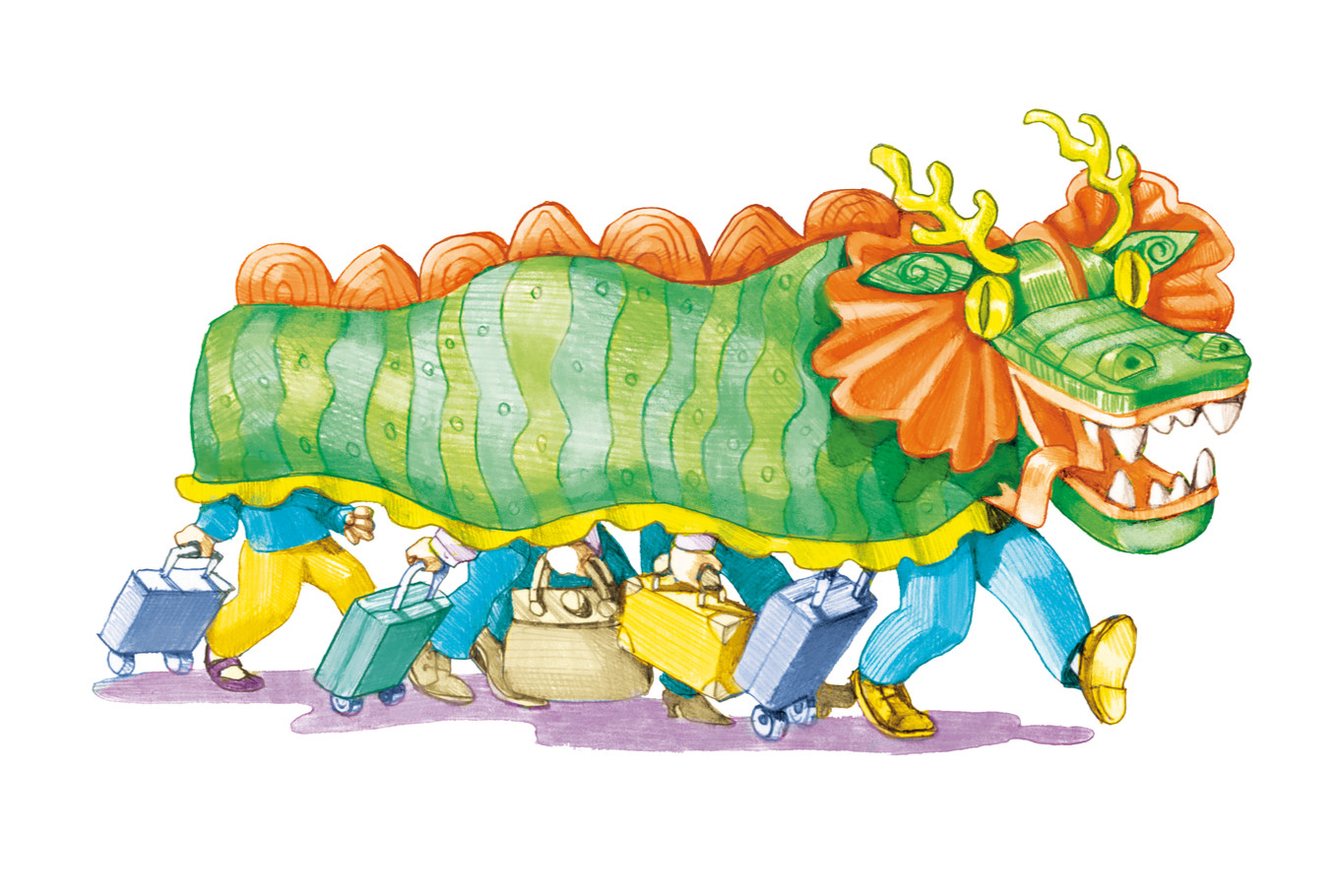Popular Reads
Top Results
Can't find what you're looking for?
View all search resultsPopular Reads
Top Results
Can't find what you're looking for?
View all search results(No) single narrative on Chinese-Indonesians
You want to complain about the Malays holding onto a single narrative about the Chinese? Let's start within the Tionghoa communities themselves.
Change text size
Gift Premium Articles
to Anyone
In my last column, inspired by Chimamande Ngozi Adichie's TED Talk, I talked about the single-narrative crowd.
It is such an irony that, with the current open access to information literally at one's fingertips, there are more people who almost purposely limit themselves to the likeminded, so that they never get exposed to the many sides of a story. This is the lazy crowd with a single, stubborn narrative.
There are single narratives running across native, ethnic and religious groups in Indonesia. Even within the groups, factions often hold single narratives about each other.
I'm often amazed that with such rampant singlemindedness Indonesia has not broken into pieces, like the Balkan nations in the 1990s.
Those were pretty much the thoughts running into my head as I was invited to see the heart of Jakarta's Chinatown just days before Lunar New Year. I'd been to its rock-bottom-price shopping centers, notable heritage sites and even the nefarious night entertainment section (don't ask), but I'd never been to that particular part of Jakarta's Chinatown.
Branching out into parallel narrow alleys between old shops and houses was a market best categorized in Jakarta slang as palugada (whatever you want, we have it).
Traditional glutinous keranjang cakes, old-school mung bean cookies, fiery red tablecloths with kanji characters, vintage cassettes and the exotic proteins of eel, frog and turtle – all alive and ready for the afterlife at the right price.
Add rodent and canine meat and I would have been teleported back to the 1980s markets of Manado I witnessed as a child.
My host, a born-and-bred Chinatowner, smiled wistfully whenever I gasped and, eventually, refused to snap pictures out of pity.
My only consolation was how plump the alley cats were, with one having a feast by a sewer as a turtle was unceremoniously disemboweled by a shopkeeper.
Beyond the PTSD-induced moments, the sprawling Pancoran-Glodok area offered a charm of its own, mostly owed to its folks.
There were the old ladies at the Tian Liong department store (circa 1935) and Chandra shopping center who lamented about the lack of rain prior to Lunar New Year, the hilarious men peddling cheap floor mats and Chinese costumes promising me luck and a new husband if I bought in bulk, the sweaty guy who looked almost too thankful when we decided to get his mochi packets.
And that's when the whole single-narrative issue kicked in.
I posted most of the captured moments through Instagram Story, and some reactions surprised me.
“You must have had that much extra time to be wandering around those smelly alleys under scorching sun on a Saturday,” one friend commented.
“I was so thankful my relatives moved out of the area, yet here you are voluntarily going,” another quipped.
“You're officially a Glodok auntie now having worn red in Chinatown before Sin Cia,” a self-proclaimed fashionista chimed in.
And they're all of Chinese descent.
You want to complain about the Malays holding fast to a single narrative about the Chinese?
Let's start within the Tionghoa communities themselves: my Bandung-Tionghoa gal pal who was forbidden to marry a Medan-Tionghoa man, my Makassar-Tionghoa ex-colleagues who turned their noses down at the Semarang-Tionghoa for not being Chinese enough, my Pontianak-Tionghoa friends who harbor such distrust of their kin from Medan and Makassar.
Thrown into the mix now, my foreign-educated Jakarta-Tionghoa friends who, if going to Chinatown at all, would stick to the popular pork-serving restaurants or the Instagrammable path of the Petak Sembilan temple, Tak Kie coffee stall and Pantjoran Tea House.
Pretty much the same folks who find the yusheng/yeesang Imlek ritual silly, can't tell the difference between Ceng Beng and Cap Go Meh, think red cheongsam tacky yet do not own a kebaya encim, I wonder what they ascribe their heritage identity to. Don't even get me started once the subethnic groups of the Hokkien, Khek and Teochew are factored into the narratives.
I don't have the anthropology background to analyze why, even within a minority group so often oppressed you'd assume they'd band tightly together, stereotypes and single narratives are fiercely holding the fort.
Is that what human beings basically are, individualists who can never shake off differences despite the prevalent strands of similarities, who secretly draw lines on the inside as we're forced by society to work with others on the outside?
If so, then whoa for two counts. One, the last gory seasons of The Walking Dead is dead-on. Two, what a wonder that mankind hasn't gone extinct. For all we know, in the long time span of universe, we're already heading that way.
So, while we're still here, I again take the opportunity to encourage you to venture off your beaten path and branch out of your comfort zone.
Should you choose to take notes from my Chinatown walking trip above, let me share a tip on one of my favorite stops: the Dharma Jaya Toasebio temple.
Founded in 1755 to honor the god of Qing Yuan Zheng Jun and situated by the riverbank, the heavily-scented temple offers quaint decor throughout, solitude contemplation of the modest Konghucu believers praying inside and the feeling of an intimate family chapel all around, perhaps, because, as my host alluded to, it was chiefly built and run by the Tan family, one of the surnames often found among Indonesians of Chinese descent.
Gong xi fa cai! Xin nian kuai le, everyone, (hdt)
Lynda Ibrahim is a Jakarta-based writer with a penchant for purple, pussycats and pop culture.











